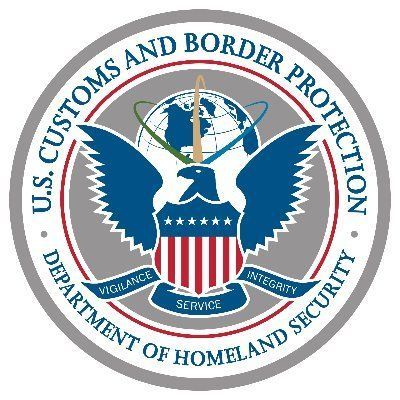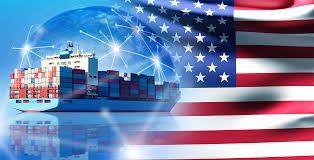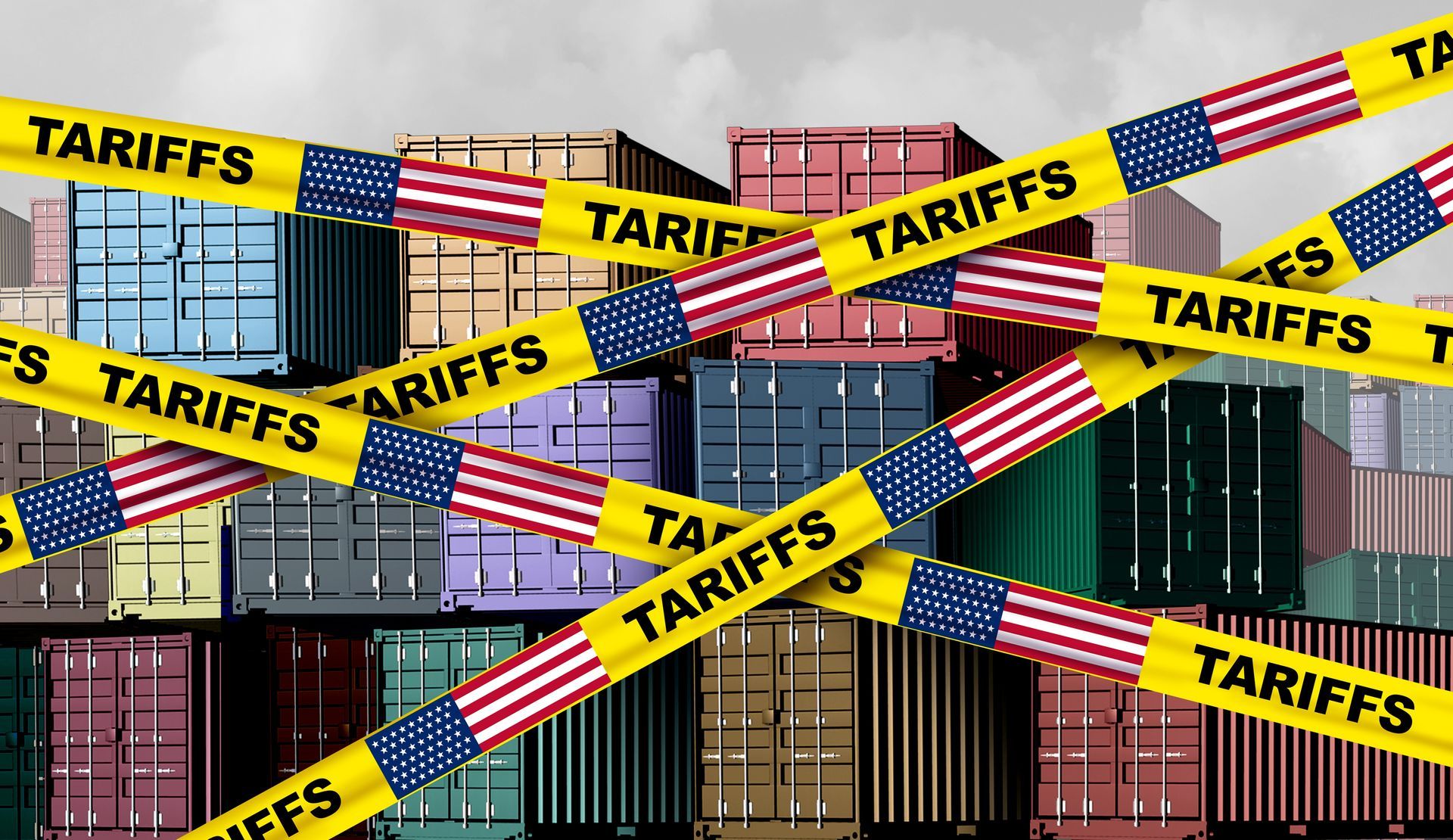Ensuring Compliance: Key Reminders for U.S. Customs and Border Protection Drawback Claims
U.S. Customs and Border Protection (CBP) has recently issued a crucial reminder to businesses regarding the compliance requirements for drawback claims. As many companies navigate the complexities of customs regulations, it’s essential to understand the consequences of failing to meet these requirements. CBP’s latest announcement underscores the importance of adhering to established guidelines and provides clarity on the repercussions of non-compliance.

Understanding Drawback Claims
Drawback is a refund of duties, taxes, and fees paid on imported goods that are subsequently exported or used in the manufacture of exported products. This provision is designed to encourage U.S. exports by offsetting some of the costs associated with importing raw materials or components.
However, the process for filing a drawback claim is governed by a series of detailed regulations, including those outlined in CBP regulations, the Automated Commercial Environment (ACE) Business Rules and Process Document, and the CBP and Trade Automated Interface Requirements. Compliance with these rules is essential to ensure that claims are processed smoothly and accurately.
Consequences of Non-Compliance
CBP has emphasized that non-compliant drawback claims can lead to serious consequences. Here are some key points from their reminder:
- Liquidation Without Drawback: Claims that do not comply with the applicable requirements may be liquidated without the benefit of drawback. This means that if a claim is found to be non-compliant, the claimant may not receive any refund for the duties or taxes claimed.
- Potential Penalties: Non-compliance could result in penalties under 19 CFR 190.62. This regulation provides for penalties in cases where drawback claims are filed improperly, reinforcing the importance of adhering to all requirements.
- Revocation of Accelerated Payment Approval: Non-compliance may also lead to the revocation of approval for accelerated payment. This is a significant consequence, as accelerated payment allows claimants to receive refunds more quickly. Revocation of this approval can impact a business’s cash flow and operational efficiency.
Common Examples of Non-Compliance
CBP has identified several specific scenarios that may constitute non-compliance. Businesses should be vigilant to avoid these pitfalls:
- Claiming Drawback on Previously Refunded Duties: Drawback claims made on duties or taxes that have already been refunded by CBP or another federal agency (such as duties refunded under the reconciliation test) are considered non-compliant.
- Section 232 Duties: Claims for drawback on Section 232 duties, which are imposed on certain imports for national security reasons, are not permitted.
- Incomplete Claims: Failure to perfect a drawback claim by adjusting the refund sum to account for any refunds separately obtained after the claim was filed can lead to non-compliance.
- Specific Filing Requirements: Claims that do not follow the specific filing requirements for 19 USC 1313(b) and 1313(j)(2) substitution claims may be deemed non-compliant.
- Incomplete Submissions: Drawback claims must be submitted in full accordance with the requirements specified in 19 CFR 190.51. Incomplete claims that do not meet these standards are at risk of being denied or penalized.
Navigating Compliance
To avoid these issues, businesses should ensure they are thoroughly familiar with the relevant regulations and requirements for drawback claims. Regularly reviewing compliance procedures and consulting with customs experts can help mitigate risks and prevent costly errors.
For companies dealing with drawback claims, keeping abreast of CBP’s guidance and adhering strictly to all applicable rules is crucial for maintaining eligibility and avoiding penalties. By understanding and addressing the compliance requirements, businesses can better manage their claims and protect their financial interests.
As regulations continue to evolve, staying informed and proactive is key to successfully navigating the complex landscape of customs and trade compliance.
Get actionable advice on cost-saving strategies that boost your bottom line.
Subscribe here:




















